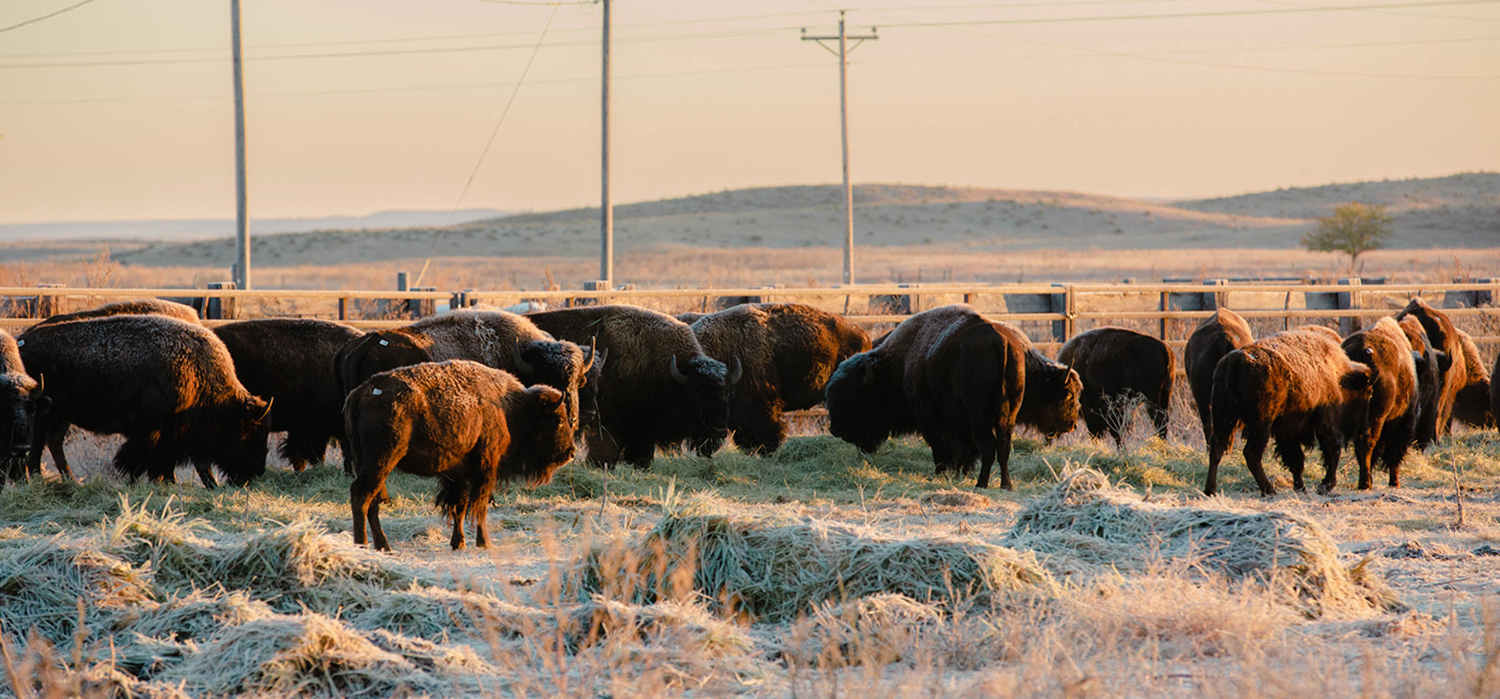
Clay Colombe remembers the steady stream of visitors coming to the Rosebud Sioux Reservation throughout his childhood. Mission, service, and government groups would drive through South Dakota’s seemingly endless prairie to arrive on the reservation and offer their ideas for how to make life better for the Native nation. Then, they would get back on the road.
“They would say, ‘You should do it this way, try this.’ But that didn’t get us anywhere,” Colombe said. “They never asked our ideas for addressing the problems here.”

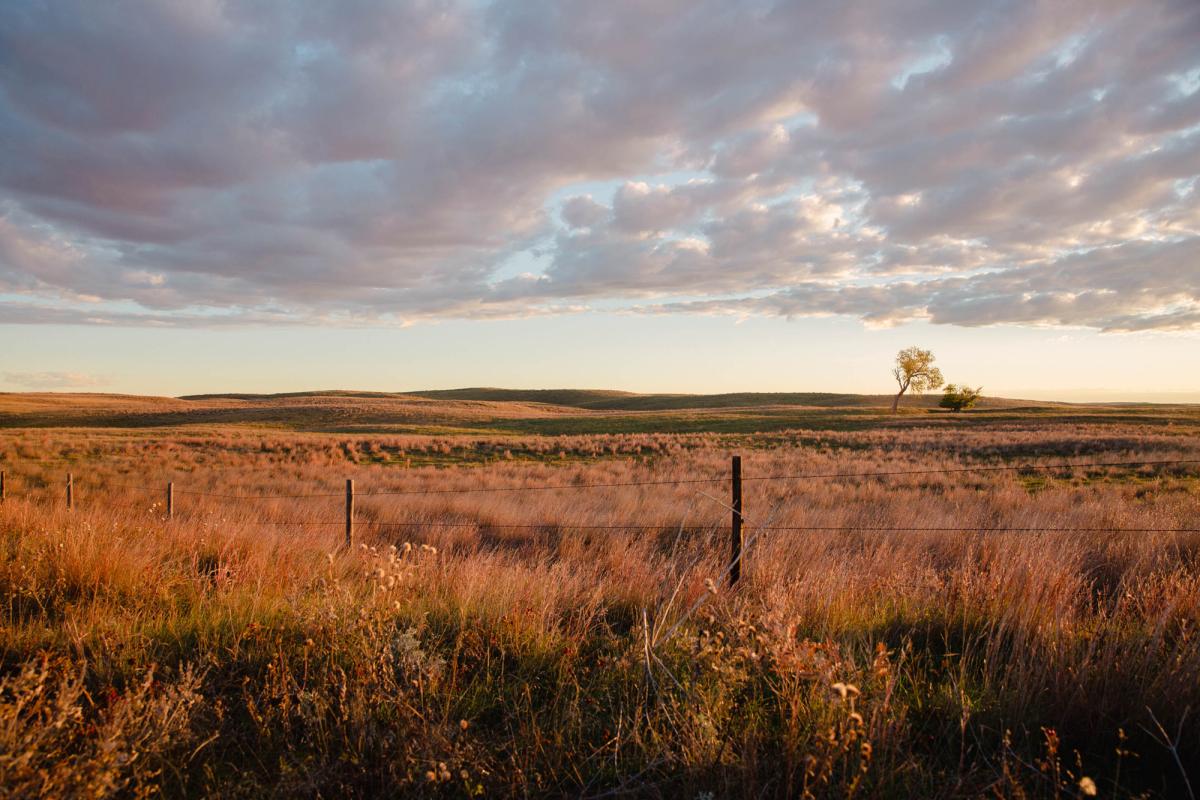
Now, Colombe, a tribal citizen, is the chief executive officer of Sicangu Co, the tribe’s economic development arm (formerly known as the Rosebud Economic Development Corporation). Sicangu Co is working to ensure that any efforts to bring an economic resurgence to the reservation are tailored to and led by citizens of the Rosebud Sioux Tribe—called the Sicangu Lakota Oyate in their native Lakota language—who know what their community needs to thrive. That means decision-making prioritizes Lakota values, including family, kinship, and connection to the world and everything in it.
With the help of an ongoing planning partnership with the US Economic Development Administration (EDA), Sicangu Co has taken steps to leverage the reservation’s wealth of resources, in both people and land, and to center Lakota culture and values in all aspects of economic development.
Sicangu Co’s work represents a locally driven solution—the guiding principle of EDA’s partnership with communities across the country—that acknowledges that every place’s challenges and opportunities are different. By investing in local capacity and maintaining a long-term partnership with the tribe, EDA is helping ensure that economic development efforts on the reservation are driven by the tribe’s core values and goals.
“Our culture is in everything we do. We need to make sure we’re living up to the values of our people,” Colombe said. “That’s how we can recreate our own economy.”
Addressing a history of disinvestment by looking to the future
The Rosebud Sioux Reservation encompasses around 900,000 acres—more than 1,400 square miles—in what is now known as southern South Dakota. But behind the beauty of the rolling hills and gold-streaked plains are the devastating consequences of the history of decimation, isolation, and systematic disinvestment perpetrated by the United States government on Native communities, as well as forced removal and assimilation policies that caused the loss of tribal land and disrupted tribal economies.
Today, the Rosebud Sioux Reservation sits on a fraction of the millions of acres that originally comprised the Great Sioux Reservation. More than 26,000 tribal citizens live among 20 communities within the reservation. Residents are isolated from large metro areas and services, with the closest major airport 200 miles away and the drive to the reservation’s three grocery stores and one major hospital sometimes taking hours. More than half of the residents have diabetes, and the life expectancy for men is 56—more than 20 years lower than the national average.

With few job opportunities on the reservation and limited educational attainment, the unemployment rate stands around 80 percent. Most citizens receive government benefits to get by, and around half live in poverty. Sicangu Co research also shows that among residents’ limited income, 80 percent leaves the reservation because the area lacks so many services and amenities, such as sit-down restaurants and mechanics, depriving the tribe of major sources of revenue.
Sicangu Co is trying to reverse those trends by creating new jobs and promoting economic opportunity. To achieve that goal, its partnership with EDA has been crucial. EDA’s ongoing planning investments have helped Sicangu Co update the tribe’s Comprehensive Economic Development Strategy, a plan that identifies economic challenges and opportunities on the reservation. The agency’s guidance has also helped the tribe secure other grants and investments to promote economic revitalization.
We're trying to think seven generations ahead. If we don’t have enough jobs for people now, what will we have 10 years from now? 30 years? 100 years? We have to set our people up for success.
In addition, EDA has invested in expertise at the local level by funding a key position at Sicangu Co for several years: an economic development specialist.
Michael LaPointe, a citizen of the Rosebud Sioux Tribe, has held that economic development specialist position for the last three years. LaPointe aims to use data-driven economic analysis to show outside businesses the strong demand for services on the reservation and to build a private-sector-driven economy over time, with the ultimate goal of full employment on the reservation.
“To create jobs for our unemployed tribal citizens, we will need to develop various sectors of the economy that provide goods and services for local, regional, national, and global markets, which includes the global supply chain,” LaPointe said.
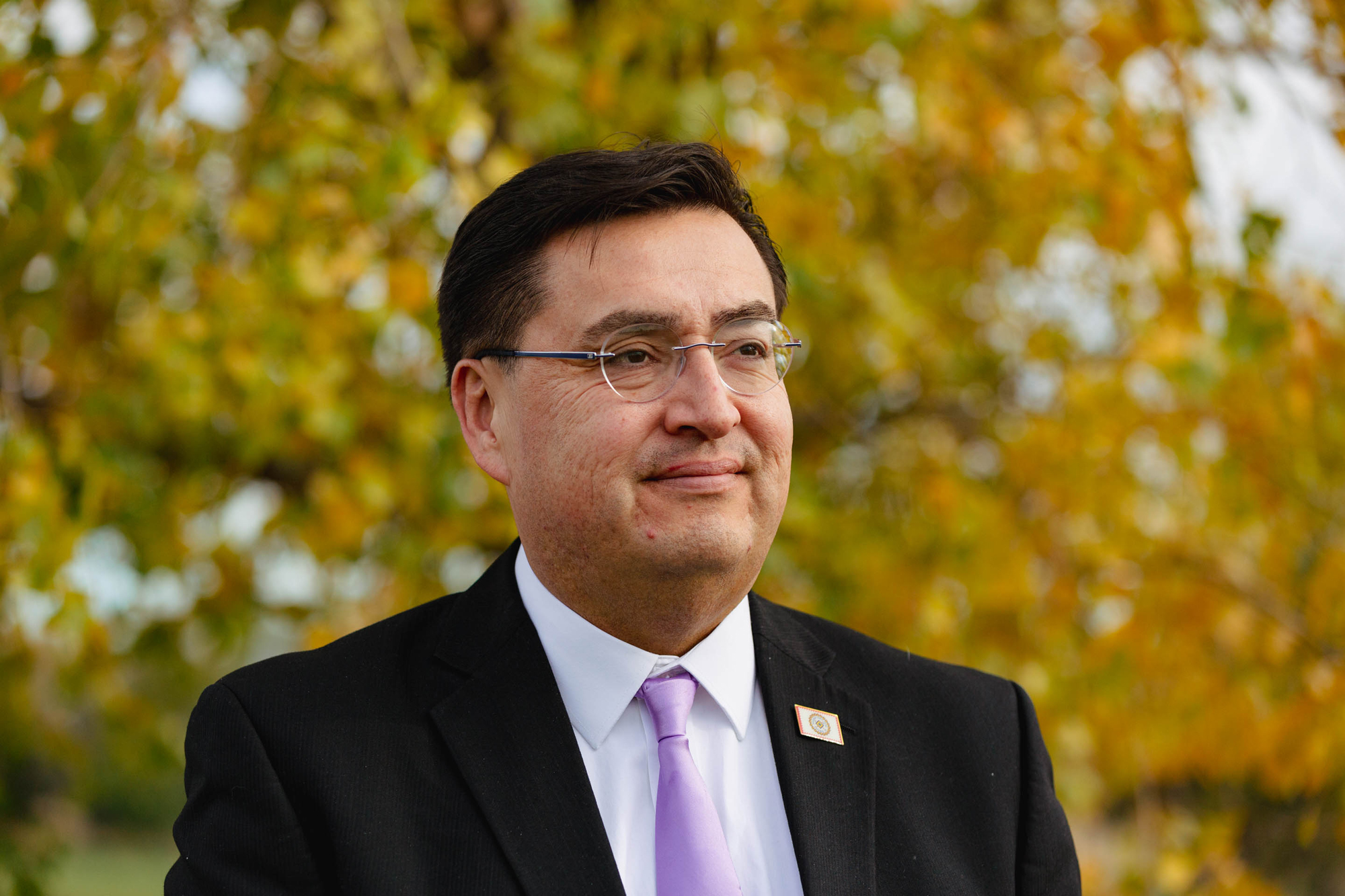
LaPointe is looking beyond the current circumstances on the reservation as he envisions what life might look like in the next 200 years. For the Rosebud Sioux Tribe, leaders must consider how any decision affects not only the current generation, but the seven generations after them. This “7Gen” approach, also common in other Indigenous communities, is rooted in a prophecy that after decades of decline and strife, the seventh generation will rise and reclaim the power that Native people once held.
“We're trying to think seven generations ahead. If we don’t have enough jobs for people now, what will we have 10 years from now? 30 years? 100 years?” LaPointe said. “We have to set our people up for success.”
By investing in capacity within the Rosebud Sioux Tribe, EDA can help ensure that Sicangu Co has the expertise it needs to implement locally driven solutions across a range of initiatives on the reservation.
Tying cultural values to economic development
Ensuring that economic development efforts are driven by Lakota values means the efforts are all intertwined and focus on helping Lakota adults and children reconnect with their culture and language.
Sage Fast Dog, director of the Sicangu Co’s Education Initiative and a former public school educator, saw firsthand how the state public school system failed to meet Indigenous children’s needs. Among the 100 ninth-grade students attending public schools on the reservation each year, only 58 on average graduate high school, and only 3 graduate college within six years, according to a Sicangu Co study.

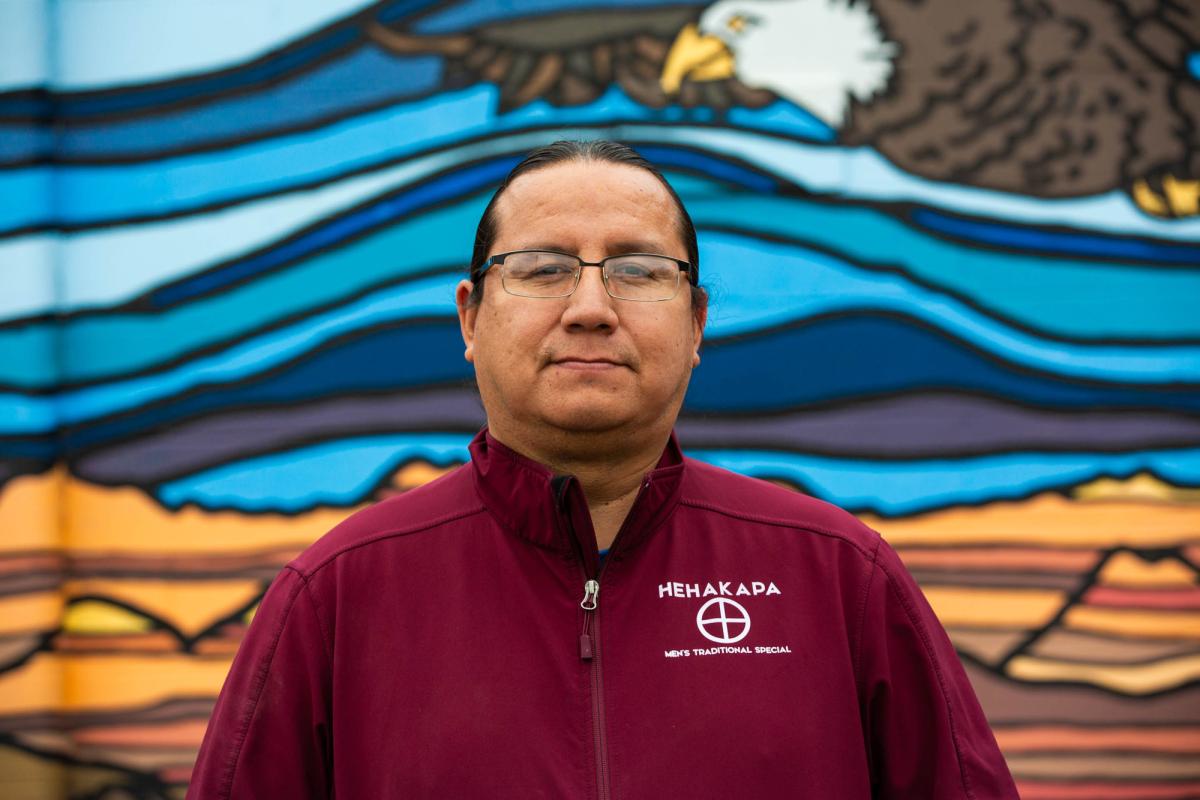
These educational disparities and the pervasive lack of Indigenous identity in the state curriculum also stem from the legacy of US government-funded boarding schools in the 19th and 20th centuries that forced Indigenous children to abandon their language and culture.
Fast Dog wanted to see what could happen if the Native nation took back the responsibility of education from the public school system. “They’ve had 150 plus years to do it, but in return, the system isn't helping us. It isn’t helping us contribute to the economy and it isn’t helping our wellness,” Fast Dog said. “So we need to do it on our own and we need to champion it.”
In 2020, Sicangu Co opened the Wakanyeja Tokeyahci Lakota Immersion School to teach children the Lakota language and values. The school currently serves 36 students from kindergarten through second grade, but it is expanding and will continue to serve those classes as they progress into higher grades. The school promotes student-led learning, whole-family engagement, and holistic wellness through healthy eating and emotional support.

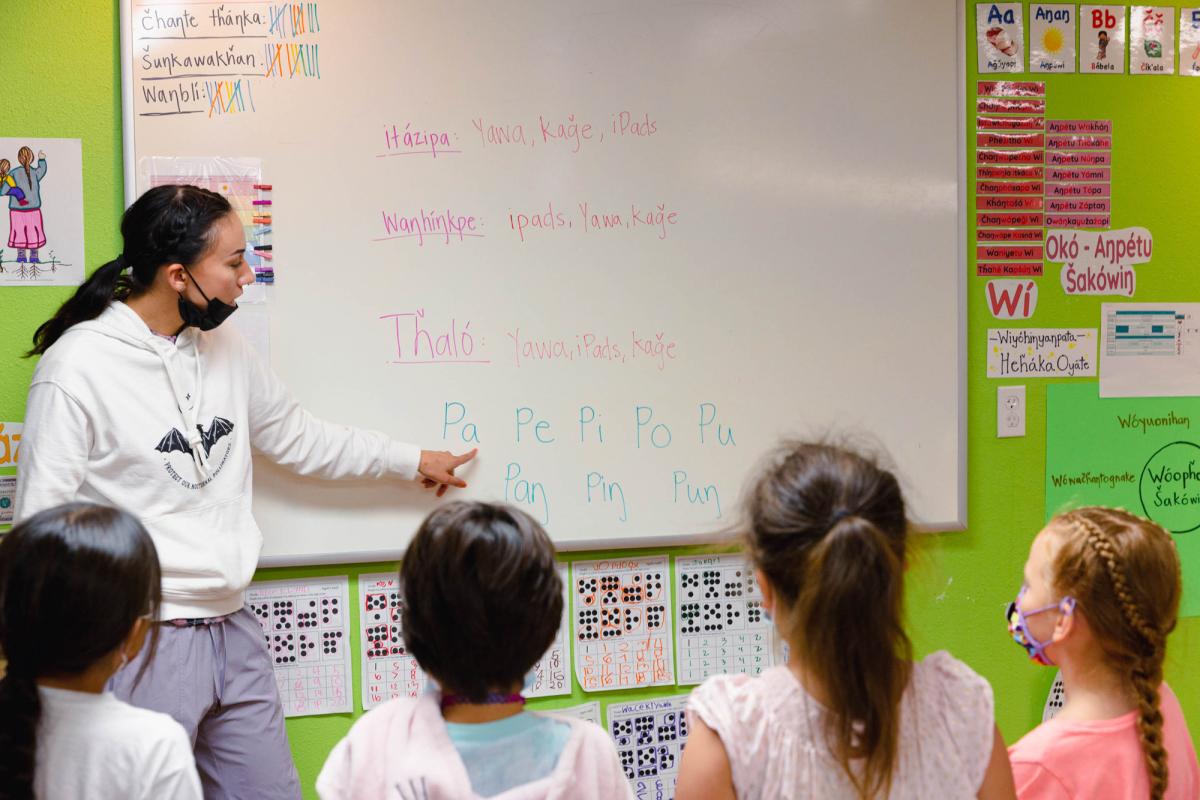
“We give kids the opportunity to be creative and to take ownership of their own education. And we believe that when we do this, we're preparing our kids to take on anything,” Fast Dog said. “Education aligns with economic contribution, it aligns with wellness, and it aligns with cultural identity.”
All of those principles are represented in Wolakota, a project that aims to bring the buffalo back to the Rosebud Sioux Tribe—to help both children and adults reconnect with a time when buffalo were integral to their ancestors’ way of life. Sicangu Co started the project in 2020; just two years later, the Wolakota Buffalo Range is home to more than 1,000 bison and is the largest Native-owned buffalo herd in the world.

In the first few months of the 2021 school year, students at the immersion school learned about the Lakota people’s connection with the buffalo, called Tatanka in Lakota. Before white settlers killed millions of buffalo in the late 1800s and forced the tribe to move from its original home in the Black Hills, the buffalo provided food, shelter, tools, and a connection to their ancestors.
In October 2021, those school lessons came to life when Sicangu Co hosted a buffalo harvest. Children learned how to pray over a buffalo and properly butcher it, with the meat from the bison contributing to their school lunches for months to come. The students were front and center during the harvest, as teachers, parents, and tribal leaders showed them how to skin the bison’s hide and store the meat.


The next day, many of those same students attended a buffalo roundup, pressing themselves against the fence as dozens of buffalo transported from Wind Cave State Park—where the Lakota believe their ancestors originated—were released into a growing herd on a 28,000-acre grasslands property owned by the tribe. As the buffalo stormed out of the pen, onlookers cheered and sang in celebration. When the group of buffalo disappeared over the horizon, a young boy watching through the fence whispered, “welcome home.”
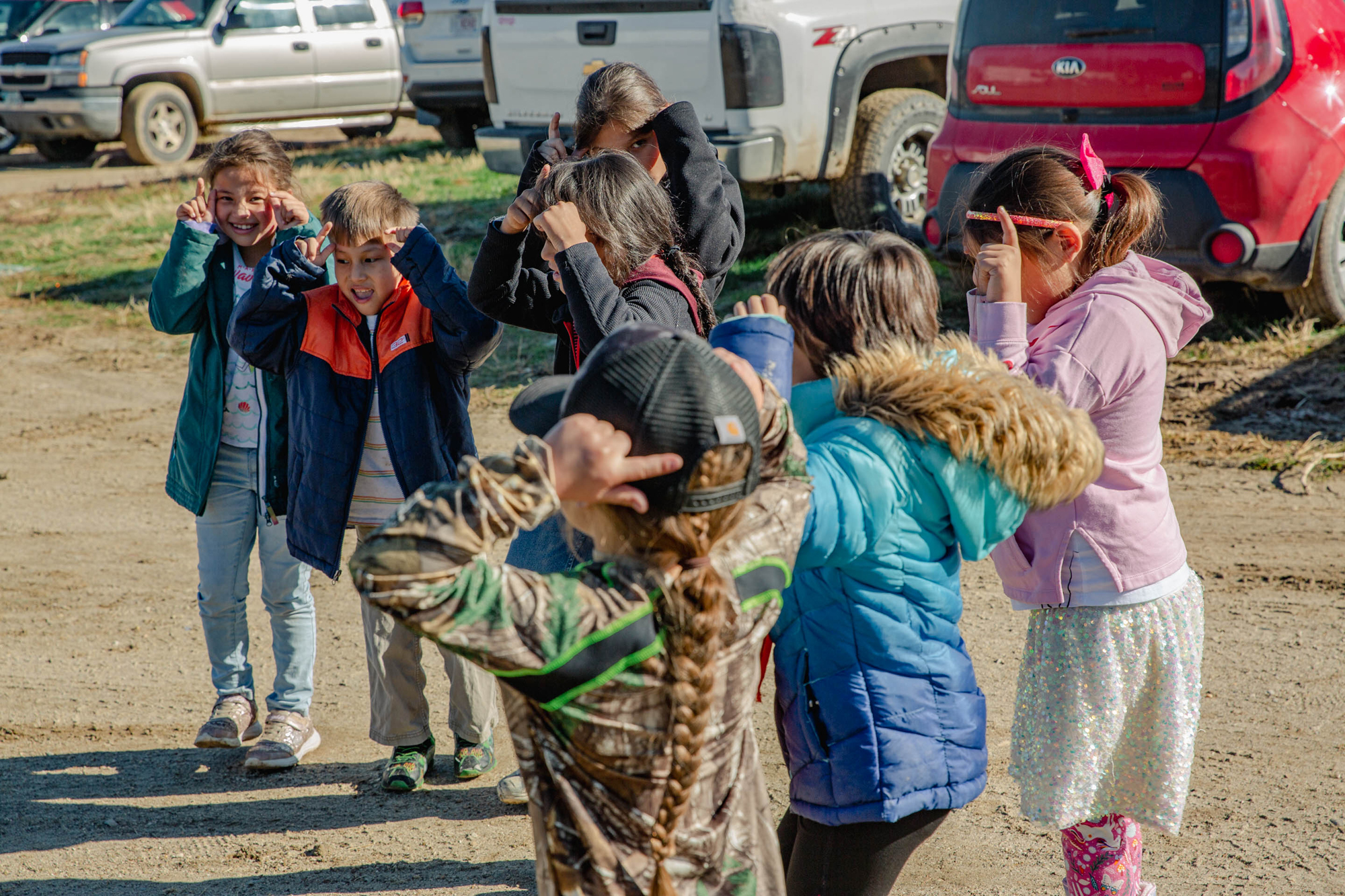
Tribal leaders hope that as these children grow up, they feel more connected to the buffalo and eventually take the lead in managing the herd, which could serve as both a healthy food source for the community and a revenue source for the tribe.
“We’re showing them that this is their cultural identity. This is where they come from,” Fast Dog said. “Does this have to be dormant? Or can they take it back?”
Listening to community needs to chart a path forward
In a place with such a wide range of challenges and opportunities, choosing which economic development efforts to prioritize can be difficult. But, as Colombe said, it comes down to listening to what the community wants and needs. “You have to take a lot of time to listen to people, figure out what’s important to us, what’s our definition of success,” he said.

In addition to the Lakota immersion school and the Wolakota buffalo range project, Sicangu Co created a Food Sovereignty Initiative and farmers’ markets to promote healthy eating; a paid Lakota language learning program for adults, to encourage Lakota fluency; a community development financial institution to offer homeownership and small business assistance; and plans for a new multi-use development complex that will build new homes and commercial space to increase tax revenue and alleviate the reservation’s housing shortage.
All of those initiatives have the same goal: rebuilding the connection between tribal members and their culture while also revitalizing the local economy. By focusing on what residents want and need, Sicangu Co is striving to create a stronger, healthier, and more prosperous community—what the Sicangu Oyate call Wicozani, or “the good way of life.”
This feature was prepared by the Urban Institute using Federal funds under award ED18HDQ3120012 from the Economic Development Administration, US Department of Commerce. The statements, findings, conclusions, and recommendations are those of the authors and do not necessarily reflect the views of the Economic Development Administration or the US Department of Commerce. We are grateful to them and to all our funders, who make it possible for Urban to advance its mission. The views expressed are those of the authors and should not be attributed to the Urban Institute, its trustees, or its funders. Funders do not determine research findings or the insights and recommendations of our experts.
We would like to thank Jonathan Schwabish, Brett Theodos, Daniel Teles, and Nancy Pindus for their contributions to this feature.
DEVELOPMENT Jerry Ta
EDITING Lauren Lastowka
PHOTOGRAPHY AND DESIGN Rhiannon Newman
WRITING Emily Peiffer